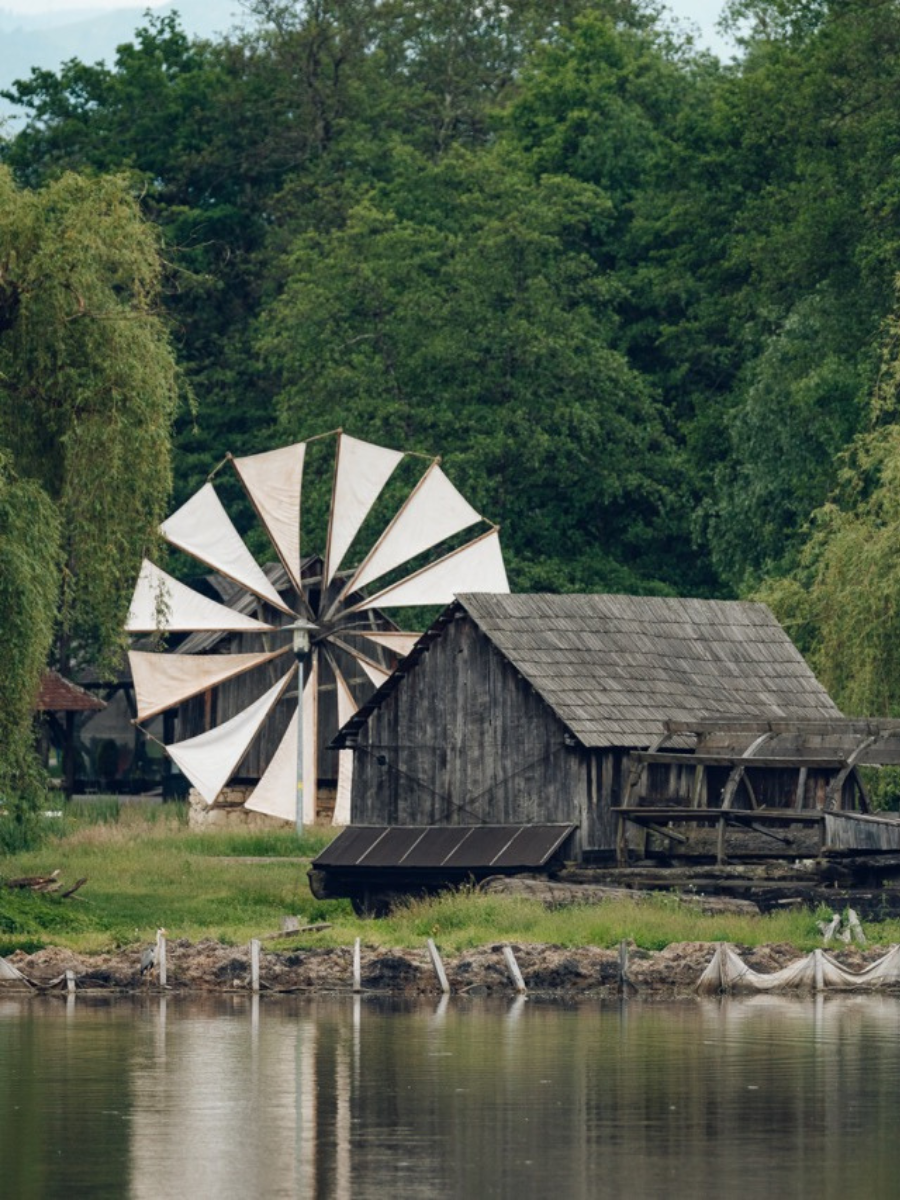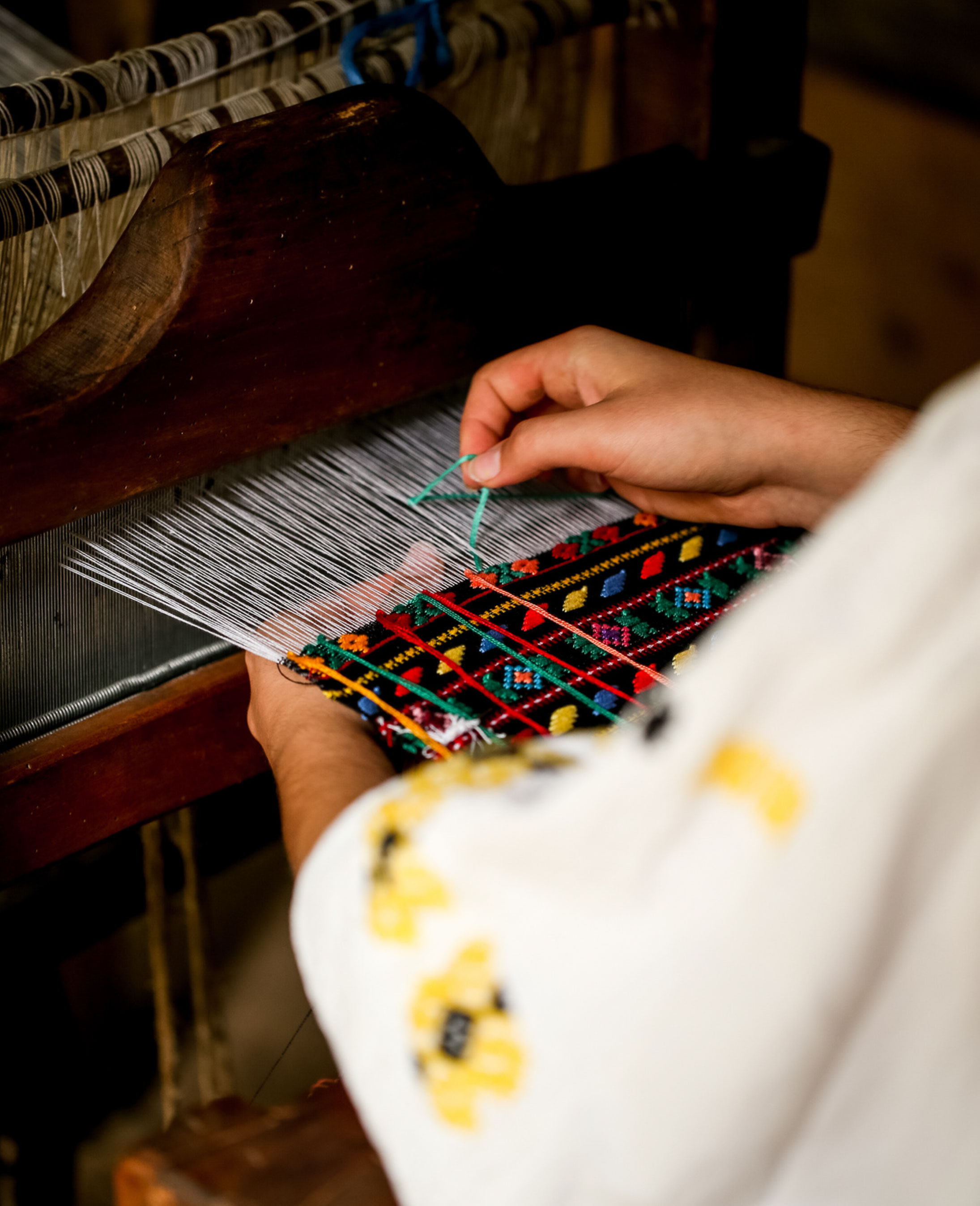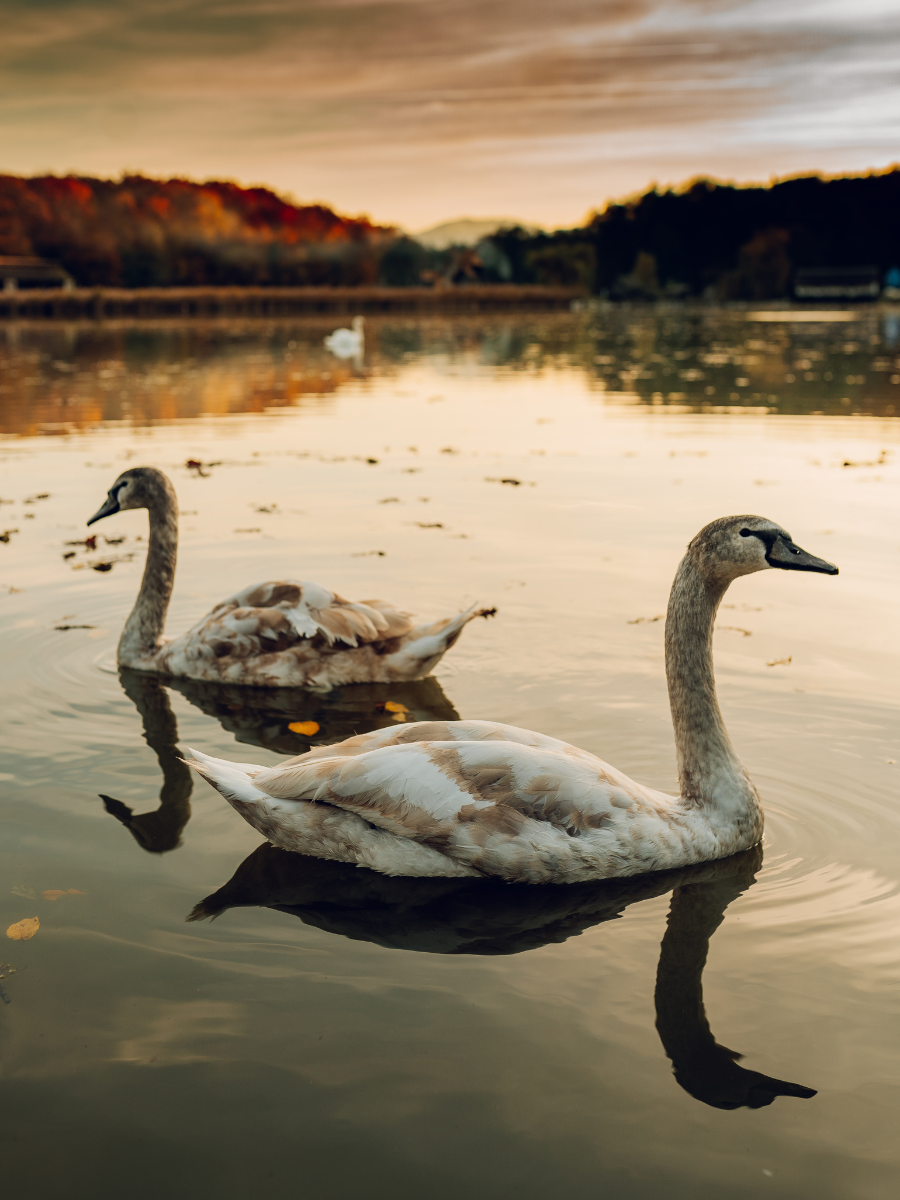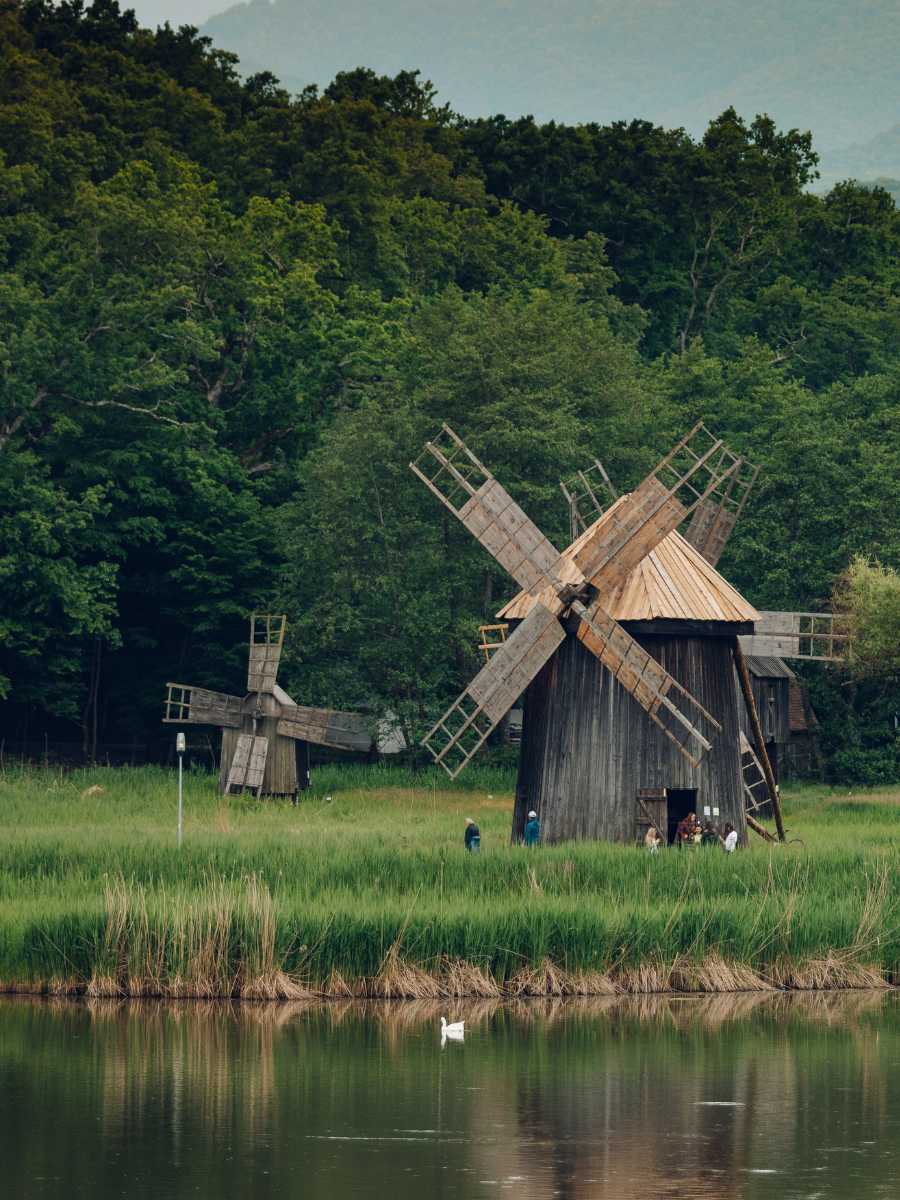collections
ASTRA Museum Collections
The ASTRA Museum collections contain a rich and varied range of ethnographic objects carefully preserved and attractively presented. We are the depository of over 400 buildings and over 200,000 objects in the Open Air Museum Collection, the Transylvanian Civilization Museum Collection, the Emil Sigerus Museum of Saxon Ethnography Collection, the Franz Binder Museum of Universal Ethnography Collection.
Whether we are talking about Romanian, Saxon, other minorities or even extra-European heritage, ASTRA Museum is the depository and facilitator of authentic values to the community.
Open Air Museum Collection
An ideal place for preserving the authentic Romanian spirit, the Open Air Museum is located in a true paradise, in the protected forest area of "Dumbrava Sibiului". A simple walk through the 96 hectares reveals to visitors a picture of rural life throughout our country, materially manifested in over 400 houses, outbuildings and technical installations.
Collection of the Museum of Transylvanian Civilization ASTRA
Continuing and preserving the heritage and values of the Museum of the Association, the ASTRA Museum of Transylvanian Civilization, an integral part of the ASTRA Museum, brings to its visitors the traditional world of the enchanting multi-ethnic Transylvania.
Collection of the "Emil Sigerus" Museum of Saxon Ethnography
The "Emil Sigerus" Museum of Saxon Ethnography, a guardian of the Saxon culture and civilization in Transylvania, and the successor of the Carpathian Museum, holds the most valuable Saxon ethnographic collections, bearing the name of the great personality, Emil Sigerus, with significant merits in this field.
Collection of the "Franz Binder" Museum of Universal Ethnography
The "Franz Binder" Museum of Universal Ethnography is the only museum in Romania focused on the communication of extra-European heritage. Currently under conservation, the museum defines its vision as an anthropological museum of world cultures, aimed at contributing to the understanding of the social phenomena of contemporary society.
Hidden Treasures
We invite you to find out the story behind all the objectives in the list below.
Pastoral household in Poiana Sibiului
Proud blue maidenhair
The pastoral household in Poiana Sibiului is a typical construction of the wealthy shepherds of the and can be easily recognized, being painted in a deep blue, locally called proud blue, taken from the Balkans, in their transhumance, as the legend says that you can learn from our museographers. The intensity of the colour was a sign of richness, confirmed by the spectacular interior. The good room, unheated, serves as a celebration and display room for the household dowry, laid out in perfect order on a pole above the beds. The room is richly furnished with objects made in rural and urban workshops, made of natural fir wood, and the walls are decorated with carvings, lithographs and photographs. Inside the house you can also see newer products, modern in their time, such as the glazed cauldron stove with blue ornament on a white background, the painted clothes chest with drawer, lithographs and earthenware plates. The household is dated to the second half of the 19th century and challenges the visitor to identify the inscription.
The Lipovan Russian household in Mahmudia, Tulcea county
Samovarul (tea maker), lâjanca (stove bed) and bania (sauna)
The Lipovan's household from Mahmudia, Tulcea county, faithfully recreates the life of a fisherman in the Danube Delta, both through its location near the lake of Dumbrava Sibiului and through the fishery equipment on display. Inside the house we are presented with a surprising and original combination of old and new. Alongside the traditional heating systems, fed from the beam, such as the blind stove (hruba), the bread oven (pecica) and the ever-present heated stove bed (lâjanca), there are precious icons painted on wood and set in metal from the 17th and 18th centuries, highly decorative textiles and also some pieces of furniture and other items taken from the town environment adapted to local taste. A very special object with a strong resonance for the Lipovans of Dobruja is the samovar, a traditional vessel in which water for tea was boiled. You are welcome to learn more about the samovar and the Lipovan bania (sauna) in the Open Air Museum, the only complete household specific to the Danube Delta, at the level of representation in open air museums in Romania and even in the Danube Delta countryside.
The potter's household from Găleșoaia, Gorj county
New two storey house
The new house, built at the beginning of the 20th century, shows a new social status and a new economic status, being built of brick, on two storey, with a monumental staircase, provided with a wooden lacework as only the craftsmen of Gorj County knew how to do. It was the first single-storey building in the locality. On the first floor there are two rooms, the first serving as a cellar for storing food and drink supplies, the second being the sleeping room, with a stove that also heats the room above, where the loom was installed. On the second level, with access via a staircase adorning the entire facade, are the good rooms, housing the family dowry: woven rugs, clay pots and dowry chests. The house from Găleșoaia, which is on display in the open-air museum, illustrates the transition from wooden architecture to brickwork architecture. The craft of pottery, still present in the area, is also illustrated in the museum by the presence of the kiln and specific tools.






